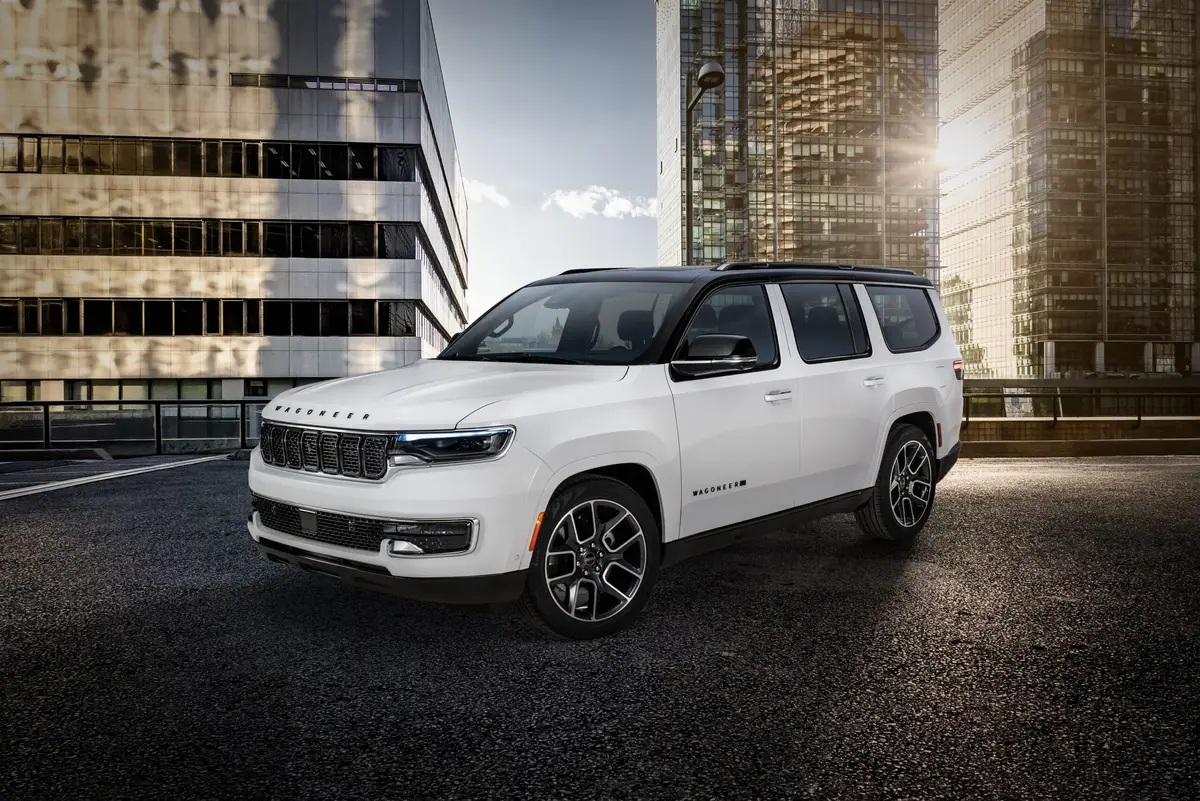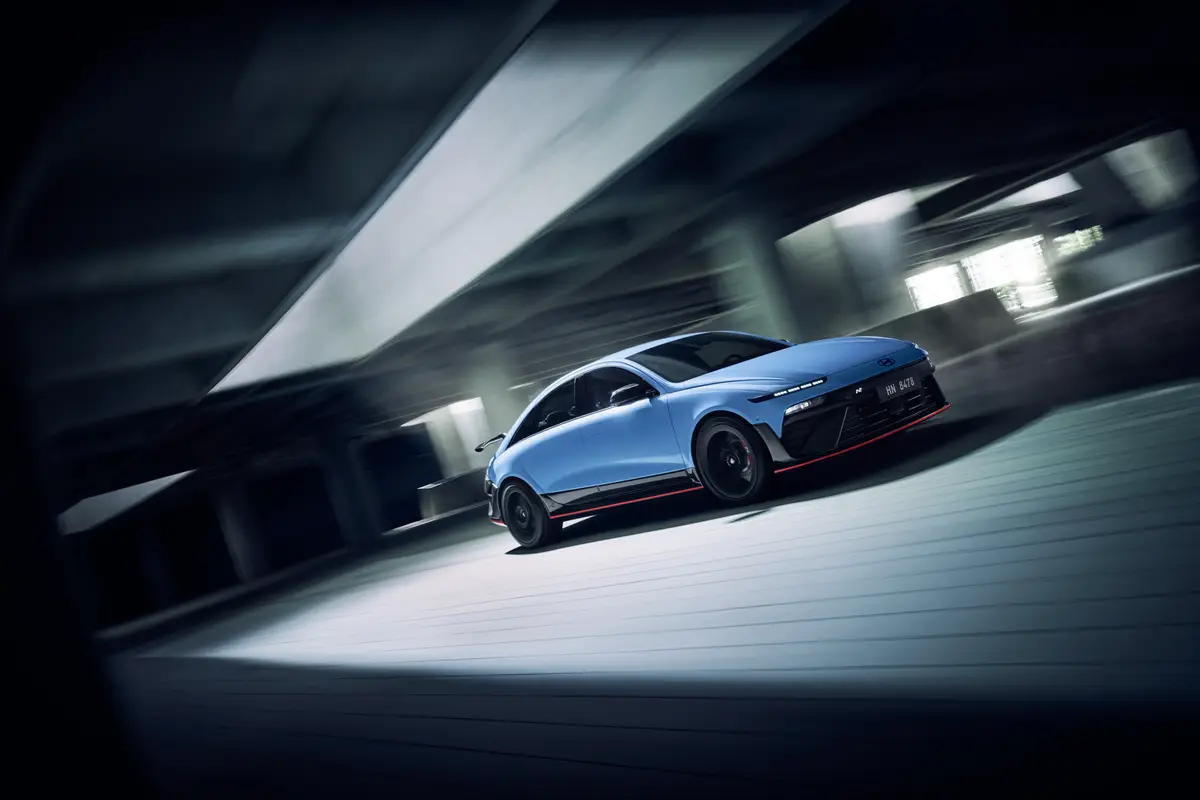washingtonpost.com's view
The 1998 Mazda 626 ES V6 sedan is the latest offering from the Don’t Rock the Boat School of Design.
It thus joins the ranks of the 1998 Nissan Altima, the new Mitsubishi Galant, the new Toyota Camry and Honda Accord — all vanilla.
This marks a turnabout in the auto world. In the past, the Japanese gave us fresh, distinctively styled automobiles. Their American rivals turned out drab look-a-likes.
But it’s the Americans who are taking styling risks today. Witness the Ford Taurus, with its radically curved surfaces and oval interior, which makes it a design standout. Take a look at the new Chrysler Concorde and Plymouth Prowler, which turn heads wherever they appear.
Domestic vanilla entries include cars such as the Chevrolet Lumina. But even the Lumina has some personality. I can’t say as much for the new Mazda 626, which, like its nouveau vanilla siblings, is a bigger and more plush version of its former self.
I drove the 626 ES V6 nearly 600 miles, up and down Interstate 95 and the New Jersey Turnpike, and along some back roads in Virginia and Maryland. I walked away from the car thinking that it is reasonably competent, but I left with no joy for having the opportunity to drive it and no sadness for letting it go.
Background: A reader once asked me to define “fun,” as in “fun to drive.” He was of the opinion that cars are appliances, and that any attempt to personify them is a futile exercise in self-indulgence. I disagree.
Were I to accept his view, I’d say a Hyundai Elantra is no different from a Volkswagen Golf GTI-VR6, or that a Porsche Boxster and Honda Civic are equally interchangeable cars.
But cars are so much more than the sum of their parts. We bring to them desires, dreams, demands. We literally ask them to help make us happy, a task some cars perform better than others.
Mazda’s designers know this, as evidenced by their excellent execution of the still-popular Miata roadster and Millenia luxury car. But the sticking point is that those are niche-mobiles, with which designers are expected to take some risks. Such daring is shelved when it comes to mainstream runners, such as the Mazda 626 — a front-wheel-drive, midsize car designed to haul families, empty-nesters and their stuff.
“Mainstream,” in auto parlance, translates to a conservatism that yields things like the new 626 — a pale imitation of the more luxurious Millenia, meant to give upper-middle-income types a taste of riches without doing undue harm to their pocketbooks.
None of which is to say that the new 626 isn’t better than its predecessor. It is in many respects. It provides more headroom and legroom; more cargo space; a more-rigid body; a quieter passenger cabin, thanks to increased use of sound-deadening materials; an extended wheelbase that helps to dampen the bumpety-bumps; and deeper channels in the roof to help keep rainwater out of the car’s interior.
There are also more powerful engines. The tested top-line 626 ES V6, for example, gets an improved 2.5-liter, 24-valve, dual-overhead cam V-6 engine that produces 170 horsepower at 6,000 rpm, about 10 more horsepower than its predecessor. The new engine produces 163 pound-feet of torque at 5,000 rpm.
The V-6 is optional for the mid-level 626 LX, which normally shares a standard 2-liter, 16-valve, 125-horsepower, in-line four-cylinder engine with the base 626 DX.A five-speed manual transmission is standard, and an electronically controlled, four-speed automatic is optional on all 626 models.
Standard brakes on the DX and LX are power, vented front discs and rear drums. The ES gets four-wheel discs. Antilocks are optional.
Of course, the new 626 has dual-front air bags, along with lap belts and shoulder harnesses and improved side-impact crash protection. What it doesn’t have is anything approaching zest, a distinguishing characteristic that would set it apart from its vanilla peers.
1998 Mazda 626 ES V6 Sedan
Compla nts: Suspension system in the test car was way too soft. The 626 ES V6 wallows in the curves, and yaws during abrupt lane changes, which are sometimes necessary to avoid collisions. Also, the hazard light switch is located too far under the steering wheel to reach easily.
Praise: An overall high-quality sedan that would suit the needs of most families for whom driving is more chore than adventure. Excellent trunk space: 14.2 cubic feet.
Head-turning quotient: Hardly drew any notice, which is great, if you’re an introvert. I’m not.
Ride, acceleration and handling: Excellent ride. Decent acceleration. Okay handling. We’re talking about a puff-mobile well done. Excellent braking.
Mileage: About 23 miles per gallon (16.9-gallon tank, estimated 376-mile range on usable volume of recommended premium unleaded), combined city/highway, running driver only with light cargo.
Sound system: Four-speaker, AM/FM stereo radio and cassette with single-disc CD player, installed by Mazda. Okay.
Price: Estimated price on the tested ES 626 V6 is $23,000. Estimated dealer invoice price is $20,550. Estimated price as tested is $23,450, including a $450 destination charge. Late 1997 prices, subject to change.
Purse-strings note: Compare with Toyota Camry, Honda Accord, Mitsubishi Galant, Nissan Altima, Hyundai Sonata, Oldsmobile Intrigue, Ford Taurus, Chrysler Concorde/Dodge Intrepid.
Latest news



